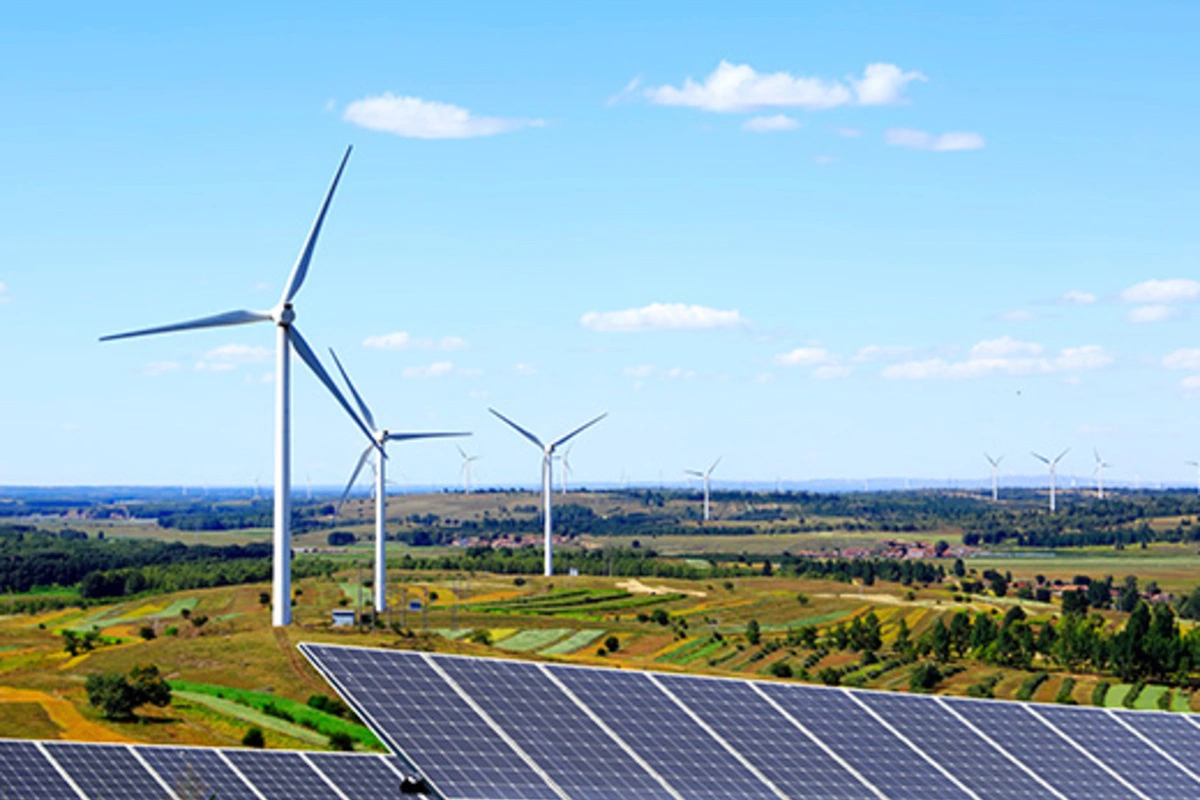
Amid the anticipation of surge in power demand in India over the next decade, India is poised to witness growth in Indian power sector owing to its ambitious energy transmission’s towards renewable energy.
Japanese brokerage Nomura revealed that India’s power demand is likely to increase by 7 percent between financial year 2024-27 on Compound Annual Growth Rate ( CAGR), because of India’s sheer size and demand from various sectors.
The brokerage also reveals that around 75 percent of India’s increasing power demand is met by renewable energy sources like solar and wind power.
India is poised to growth significantly towards renewable energy sources as central electricity authority estimates an investment of 110 billion dollars into the sector over financial year 2022-32.
Also Read: Indian Stock Market Consolidates As Domestic Investors Absorb Heavy FII Selling
According to the latest International Energy Agency (IEA) ‘World Energy Outlook’ report, India, which was the fastest-growing major economy in 2023 with output increasing by 7.8 per cent, was on track to become the third-largest economy in the world by 2028.
In the Stated Policies Scenario (STEPS) based on current policy plans, by 2035, the total energy demand in India was set to increase by nearly 35 per cent by 2035, and electricity generation capacity nearly tripling to 1400 GW.
India’s National Electricity Plan (Transmission) launched last month aims to transmit 500 GW of Renewable Energy installed capacity by the year 2030 and over 600 GW of Renewable Energy installed capacity by the year 2032.
As per rating agency ICRA, the share of renewable energy, including hydro, in the country’s power generation is projected to rise to 35 per cent by FY30, up from 21 per cent in FY24.
Achieving the renewable purchase obligation (RPO) target of 43.3 per cent by FY30 will require more than doubling the current renewable energy capacity of 200 GW to meet future demand.
The government has committed to achieving 50 per cent of its installed power capacity from non-fossil fuel sources by 2030.
To read more such news, download Bharat Express news apps



















